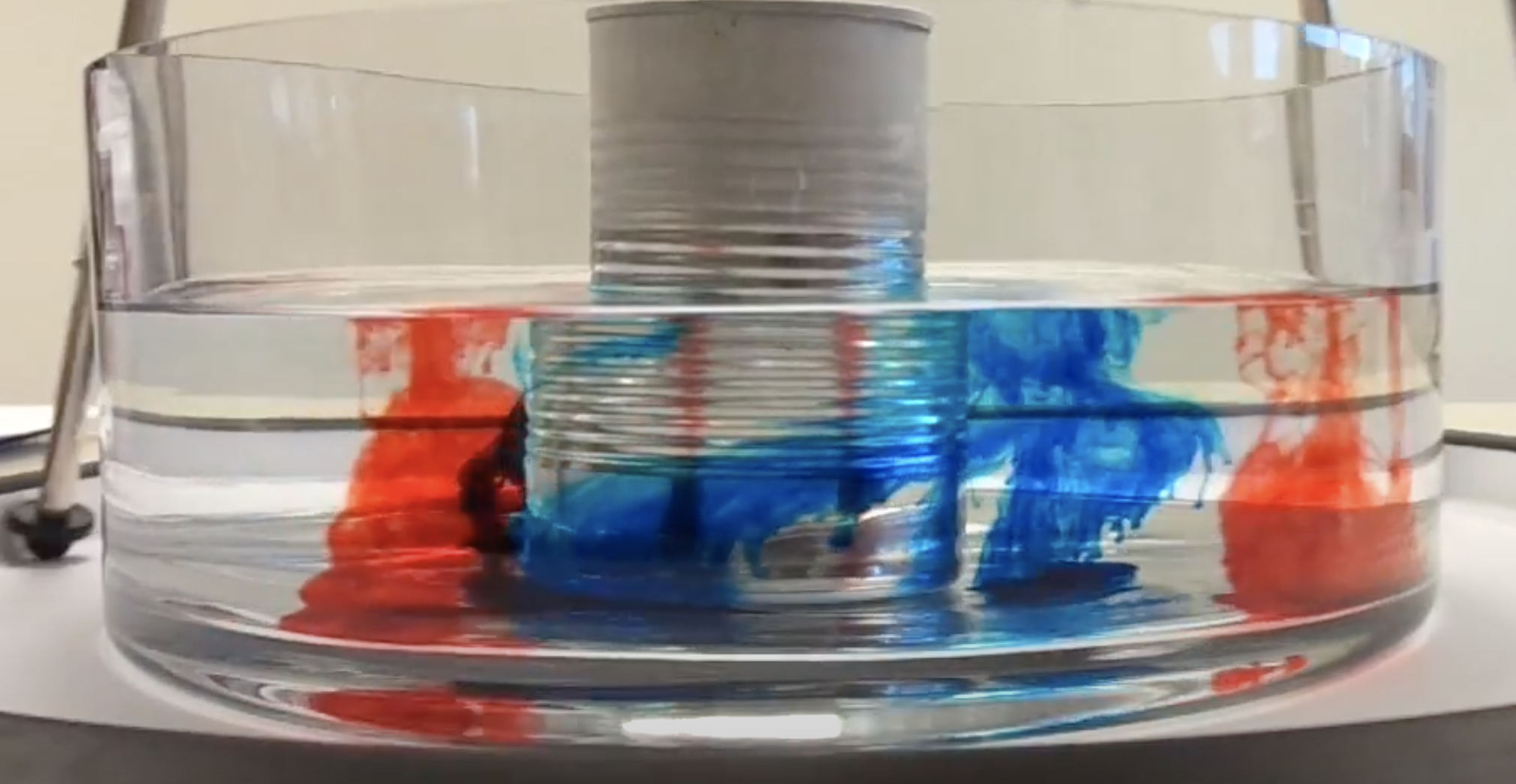- Mon 25 May 2020
- Field Reports
- Natalie Kongable
- #field-report, #guest-post, #middle-school, #high-school, #LEGO
[Note from Spencer: This post is part of our ongoing Field Reports series, where DIYnamics users across the country —- share how they’ve used the DIYnamics kit and materials in their local communities. Also, for this post we do not include any photos of the actual event, because minors appear and we did not attain release forms from parents permitting their photos to be used in this way. Keep that in mind for your own futurue K-12-facing events!]
My name is Natalie Kongable, and I am a senior in high school. I was able to purchase and build the DIYnamics rotating table setup. I used it with when I was doing research for my Iowa Academy of Science project. My project involved collaborating with Professor Alex Gonzalez from Iowa State University (ISU) along with two graduate students. We selected one experiment (The demonstration of extratropical cyclones) and I presented it to groups of middle school aged students (6th through 8th grade).


Side views of the extratropical cyclones experiment taken just after the blue dye and then red dye was injected. [Note from Spencer: for those familiar with thermal wind, notice how this baroclinic eddies simulation actually looks a lot like thermal wind in these shots. That’s because these are taken during the initial spin-up phase before the baroclinic eddies have kicked in. Timescale matters!]
The experiments proved to be successful in students understanding of how cyclones were formed and maintained. The students I worked with were from two different schools, including a homeschool, and they enjoyed the hands-on experiment. I would love to have more opportunities to present to students and continue doing outreach to engage younger students and excite them about the science aspect of STEM. Another thing I would like to try would be to do it with more groups than middle schoolers; I would like to try it with elementary students, probably about 2nd or 3rd grade, and continue it with a variety of ages all the way up to high school.
Although for the most part this was a successful experiment, there was one improvement I would have made. I would have tried to find a better dish that had a flat bottom. Most of the issues I had were largely in part due to the slight curve of the bottom. Some of those problems included the frozen can sliding so it was not in the center of the dish throughout the entire experiment, and the dye would settle into the little crevice right around the edge of the dish so no pattern would be formed. I believe that these are issues I would be able to solve if I continued using the apparatus for experiments in the future.
It was lots of fun to be able to interact with and teach the students, and I truly look forward to continuing with this project.
